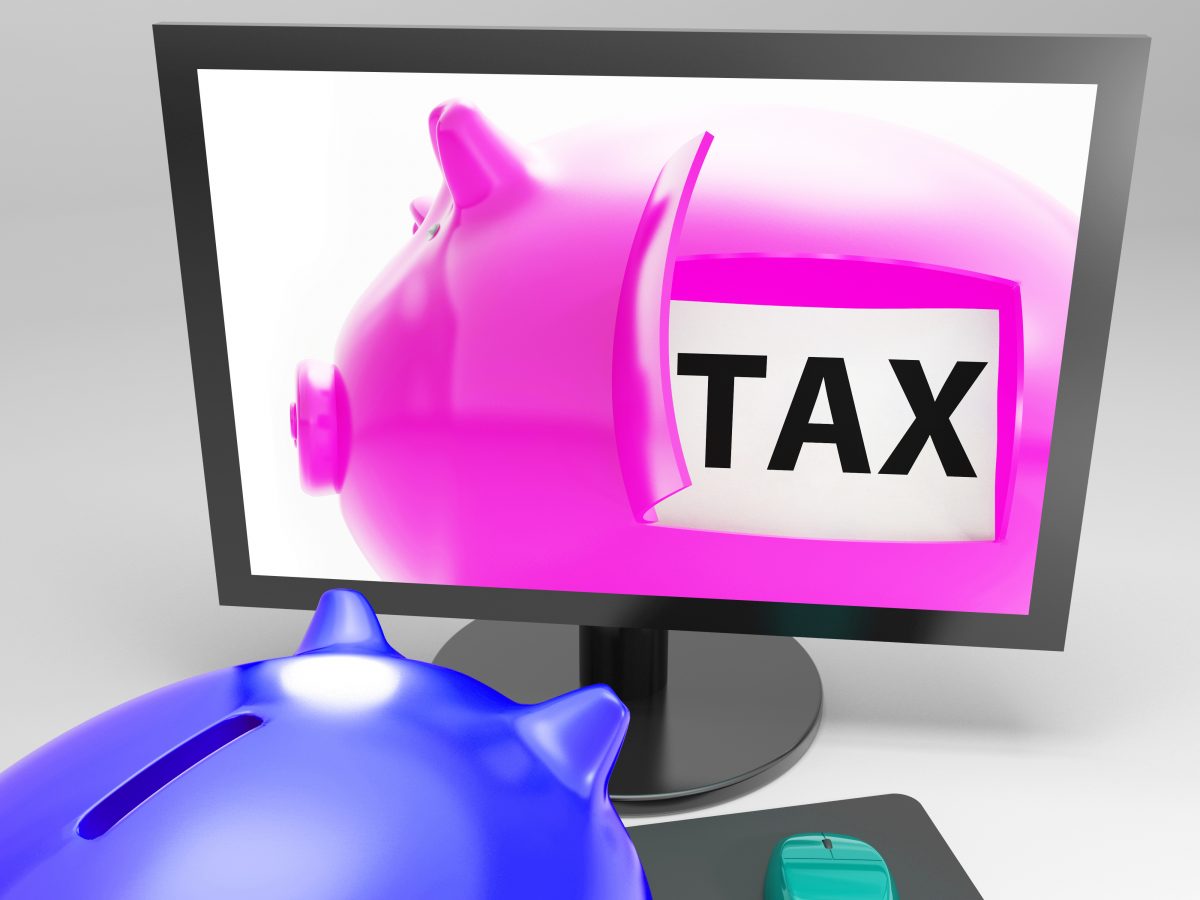The changes announced last Autumn to certain businesses using the flat rate VAT scheme come into effect this month.
What were the changes and how may they affect you?
Businesses using the flat rate vat scheme pay over a lower rate of vat calculated only on their gross sales figures – the rate they pay varies according to the industry but was generally between 13.5% and 14.5%.
From 1 April 2017 these businesses must also determine whether they meet the definition of a “LIMITED COST TRADER” – and if they do the rate at which they pay over VAT is being amended to 16.5%.
A Limited Cost Trader is defined as one whose VAT inclusive expenditure on GOODS is either:
- Less than 2% of their VAT inclusive turnover in a prescribed period ( which we think will be a vat quarter)
- Greater than 2% but less than £1000 per annum
GOODS, for this test, must be exclusively used for the business, but exclude:
- Capital expenditure
- Food and drink for consumption by the business or its employees
- Vehicles, vehicle parts and fuel
So the majority of contractors, and most business providing a service, will be caught by these rules, as the amounts of goods that you actually buy are very small. Computer software is a service, as are phone bills etc.
The Maths
If you are currently on a flat rate of 14.5%:
Sales invoice to client £10000 plus vat means you receive £12000 from your client.
VAT paid over to HMRC is 14.5% x £12000 = £1740. Your net cashflow benefit is £260 (£208 after corporation tax)
Under the new rules, 16.5% will be paid over = £1,980 – a benefit of £20 (£16 after corporation tax)
So if your turnover is below the VAT registration threshold, you really need to ask whether it’s worth it any more, and consider deregistering.
If you spend money on services, and these services have VAT charged on them, you will probably be better off changing to the normal VAT rules, and reclaiming the input tax on services. You need to weigh up against this the fact that submitting your VAT return may be more complicated each quarter and you need to make sure your accounting records are up the job!
My clients are deregistering if possible, but where their turnover is over the threshold, most are moving to the normal vat rules to enable them to reclaim any input tax that they have incurred. If you do change methods, you do need to write to HMRC and let them know.
Which way have you decided to go?


